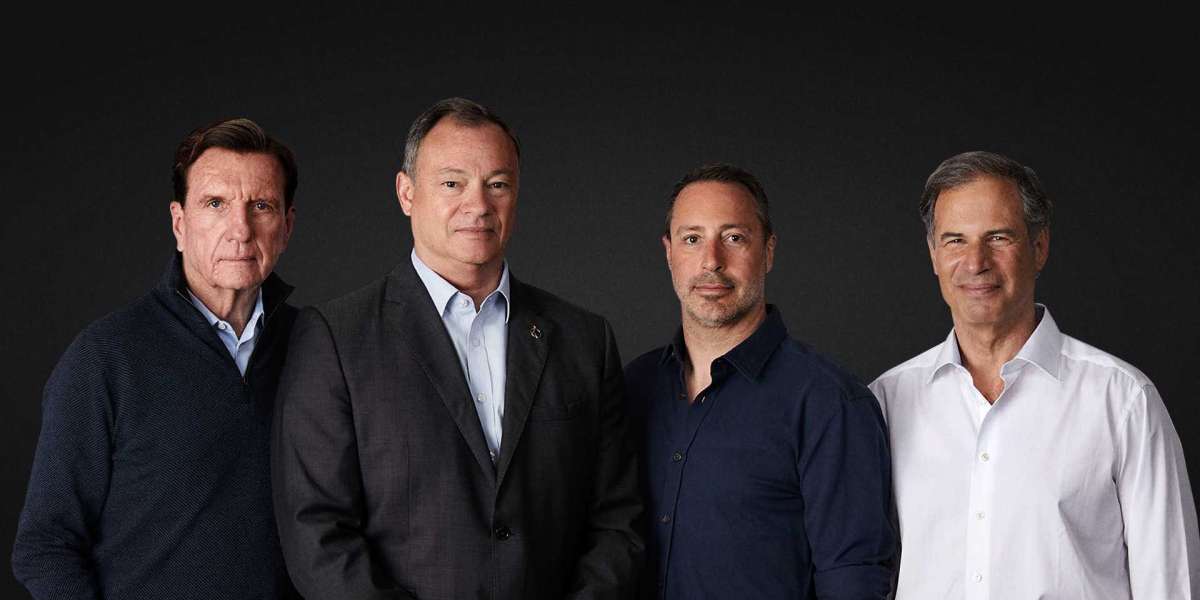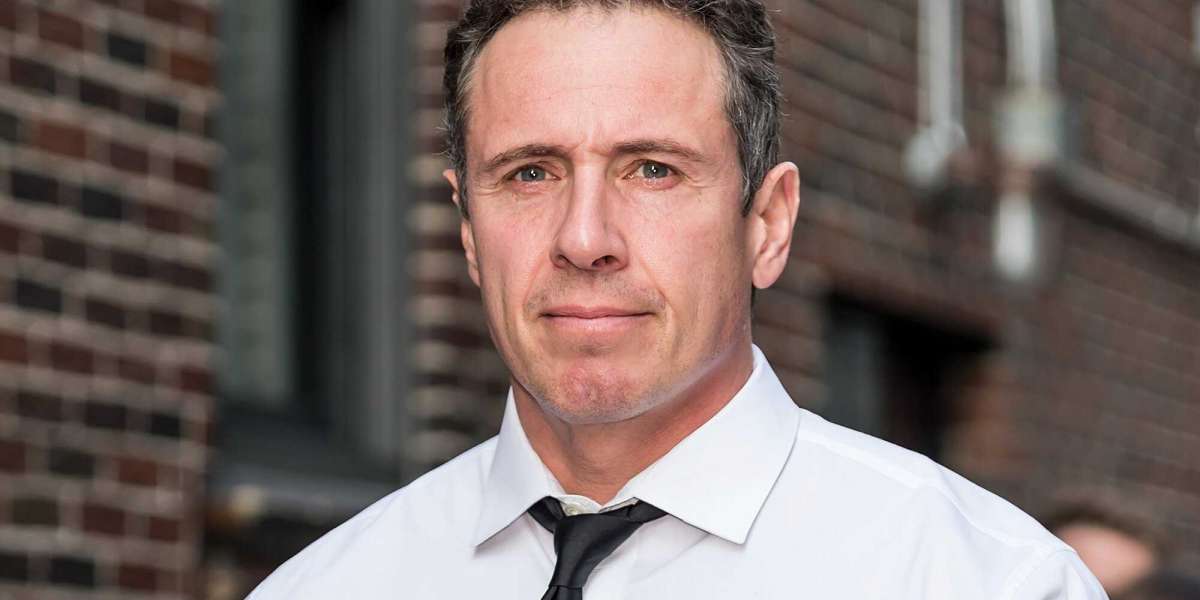The International Astronomical Union (IAU) has established a new center to combat the menace of satellite megaconstellations, which it now considers to be more dangerous than urban light pollution.
The Center for the Protection of the Dark and Quiet Sky from Satellite Constellation Interference will be jointly operated by the United Kingdom's Square Kilometer Array Observatory and the United States' National Aeronautics and Space Administration. The National Optical-Infrared Astronomy Research Laboratory of the National Science Foundation (NOIRLab).
Both of these groups are grappling with the consequences of the megaconstellation boom personally. The satellite interference will compromise the observations of the next-generation observatories that these two institutions are currently developing (the world's largest radio astronomy array built by SKAO on two sites in Australia and South Africa, and NOIRLab's Vera C. Rubin Observatory in Chile), the organizations revealed previously in separate statements.
Former IAU General Secretary and center director Piero Benvenuti claimed megaconstellations now pose a greater threat to astronomy than light pollution during a press conference introducing the new center.
"In the past, the main source of interference was the light pollution produced by the urban illumination, the so-called artificial light at night," Benvenuti said. "But more recently, the impact of the large constellations of communication satellites became a more serious concern because of their ubiquitous invasiveness."
Unlike in the past, when astronomers could escape from the world's dazzling lights and bustling communication networks in the isolated deserts of Chile, Australia, or South Africa, there is now nowhere for them to hide from the thousands of satellites circling the planet.
"By the end of the decade, more than 5,000 satellites will be above the horizon at any given time," Connie Walker, a scientist at NOIRLab and one of the codirectors of the new center, said in the briefing. "At a typical dark sky observatory location, a few hundred to several thousand of these satellites will be illuminated by the sun."
Even the tiniest optical and infrared telescopes will be able to spot these satellites, she added.
Furthermore, the amount of metal orbiting Earth will reflect enough light that the night sky will brighten enough for telescopes to notice, making observations of the farthest and faintest stars and galaxies difficult.
According to Federico di Vruno, SKAO's radio interference manager and a codirector of the new facility, SKAO, which monitors feeble radio signals emanating from distant stars, galaxies, and planets, will be partially blinded in the frequency ranges in which these satellites downlink their data. The quest for signs of life, the search for exoplanets, and the study of the universe's farthest reaches will all be impacted, he said.
The new center aims to bring together astronomers, megaconstellation operators, and regulators to develop ways to protect ground-based astronomy as the number of satellites orbiting the earth expands.
SpaceX has launched almost 2,000 of its internet-beaming Starlink satellites since 2019, accounting for barely one-sixth of its planned first-generation constellation and a small fraction of the 42,000 satellites it has been granted authorization to launch. OneWeb, a competitor, wants to launch a constellation of 2,000 satellites. Other parties, such as Amazon CEO Jeff Bezos and a Chinese state-backed consortia, are also planning to develop megaclusters.
Soon after the first batch of Starlink satellites launched, astronomers realized there was an issue. While many amateur skywatchers were enthralled by the "strings of pearls" that traveled across the sky after each launch, the professional community knew there would be severe issues.
The IAU urged for the center to be established two years later. The union has also begun talks with the United Nations about preserving the night sky as a human heritage.
While some of the options explored by the new center will focus on software and technical mitigation solutions to be applied on the observatory side, astronomers also hope that megaconstellation operators would agree to make changes to their satellites to mitigate the impact. SpaceX has already tested two such ways to decrease the satellite's glow: the DarkSat and the VisorSat.



